Ecosystems
-
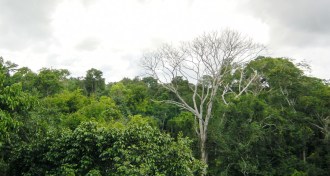 Ecosystems
EcosystemsAmazon doesn’t actually go green in dry seasons
An optical illusion in satellite data made forests appear to grow faster.
By Meghan Rosen -
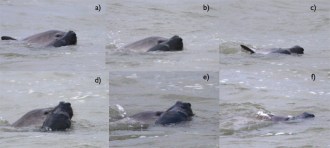 Animals
AnimalsGray seals snack on harbor porpoises
Photo evidence confirms seals' fatal attacks on harbor porpoises in the English Channel, suggesting that declines in the seals' usual fare are forcing the animals to seek out other high-energy food.
-
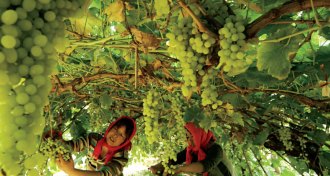 Climate
ClimateGrape expectations
Global warming has delivered long, warm growing seasons and blockbuster vintages to the world’s great wine regions. But by mid-century, excessive heat will push premium wine-making into new territory.
By Susan Gaidos -
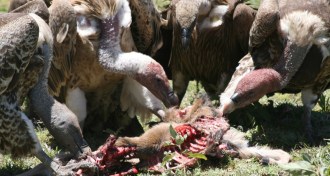 Animals
AnimalsAfrican vultures follow the dead, not the herd
Wildebeest may be numerous, but they’re not attractive to carrion-eating birds unless they’re about to die.
-
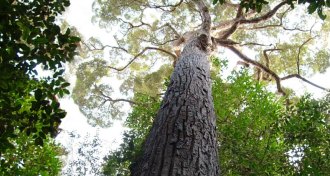 Ecosystems
EcosystemsTrees’ growth keeps climbing with age
Older trees pack on weight faster, making them potentially the best carbon collectors.
By Meghan Rosen -
 Agriculture
AgricultureSome bioenergy crops are greener than others
In the Upper Midwest, switchgrass trumps maize at boosting ecological health.
By Beth Mole -
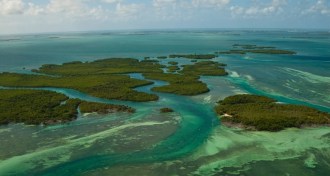 Climate
ClimateMangroves move up Florida’s coast
Satellite images reveal that the tropical trees are expanding north up Florida’s Atlantic coast, taking advantage of rising winter temperatures.
-
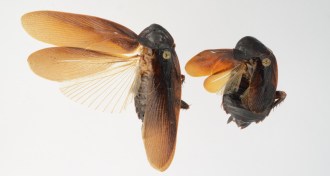 Ecosystems
EcosystemsNew Yorkers should relax about new roach species
Japanese roaches may be able to survive in the cold, but the added competition and their decreased allergic potential may mean the roaches’ arrival isn’t all bad.
-
 Microbes
MicrobesThe vast virome
When it comes to the microbiome, bacteria get all the press. But virologists are starting to realize that their subjects also do a lot more than make people sick.
-
 Microbes
MicrobesVirus-thwarting mosquitoes decline on Vietnamese island
Scientists plan to release second generation of mosquitoes that stop the spread of dengue fever.
By Beth Mole -
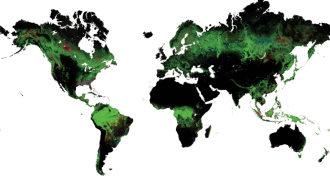 Ecosystems
EcosystemsOnline map tracks forest shifts from space
By layering more than 650,000 satellite images onto a Google map, researchers have created a new tool to track forest cover.
By Meghan Rosen -
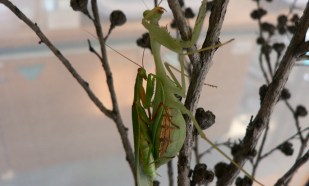 Ecosystems
EcosystemsCannibalistic mantis invades New Zealand, eats natives
Native male New Zealand mantises try to mate with females of an invasive species, only to find out the hard way that those females eat their mates.